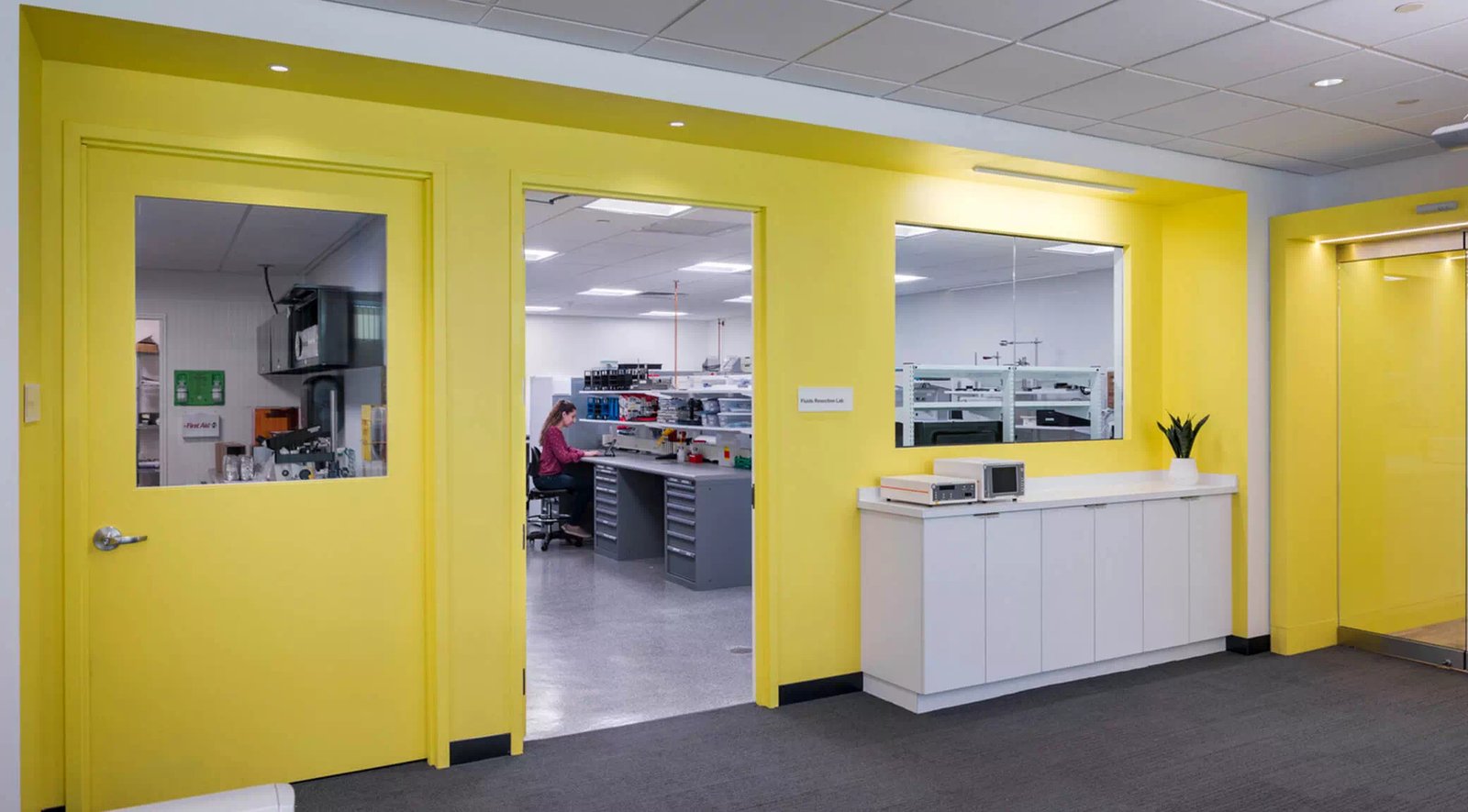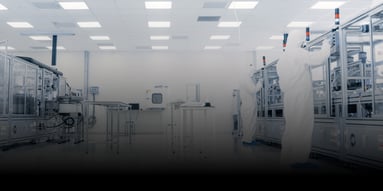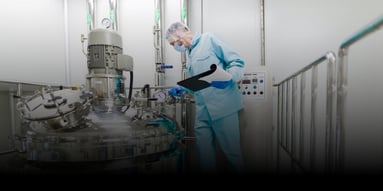Exploring the commercial real estate needs of life sciences

While many industries are re-evaluating their real estate footprints in favor of hybrid work, the life sciences sector is requiring more space than ever. In a recent article, Unispace Life Sciences Managing Director John O’Reilly and Head of Client Relations & Strategy Aisling Crowley share how office landlords can seize this moment.
A demand for life sciences workspace
As life sciences companies continue to see record-breaking investment and unprecedented growth, they’re looking to expand their facilities, but space is scarce in attractive markets such as Boston, San Diego, and the San Francisco Bay Area.
Office landlords have a unique opportunity to satisfy this demand by retrofitting workspaces to accommodate the unique needs of life sciences companies. While not all office buildings will be the right fit, it’s well worth it for landlords to consider whether they can tap into the revenue stream of this booming sector.
"Leasing space in traditional office buildings can provide a solution for life sciences companies with dry lab needs, as well as those involved in cell and gene therapies and R&D." - John O’Reilly
Supporting operations
For a life sciences business to successfully operate within a workplace, the space needs to support the business’ activities. It’s important landlords consider:
- The type of company - While wet labs require specialized systems for air filtration and plumbing, dry labs need more robust MEP systems than a typical office tenant.
- Square footage - Companies that are in the commercialization stages or are GMP regulated may need more space and require additional considerations such as loading and dock stations.
- Other tenants and residential neighbors - Labs releasing certain fumes can’t be located next to apartment buildings with outdoor space, and facilities that transport hazardous materials need their own service elevators.
Accommodating technical and facilities needs
Some life sciences companies will require structural features and specifications that may not be included in the current workspace. Examples include:
- Sufficient access to power - On average, life sciences tenants use up to seven times more electricity than other office tenants.
- More complex systems - Lab facilities may require additional riser shafts, extensive HVAC systems, and systems for vibration monitoring.
- Complying to regulatory requirements and ESG parameters - Some companies may require licenses for waste, water systems, and use of certain gasses.
What else makes a building attractive to life sciences companies?
While each company’s wants and needs will be unique, building owners can consider best practices such as:
- Creating experiential spaces - Life sciences companies tend to value open floor layouts with areas for collaboration and engagement and break rooms for recharging after a long day.
- Enabling access to key talent, services, and utilities. Integrating technology and accommodating future advancements from R&D stages to commercializing products.
The continuous discovery of new gene therapies, delivery technologies, and drugs in different molecules has led to a surge in demand for space within the life sciences sector—which presents an exciting opportunity for office landlords. Those who seize this moment and provide value to life sciences tenants will become key players in this rapidly growing industry. And those who partner with an expert that understands the unique engineering, workplace, and design needs of life sciences companies will see even greater success.
Learn more about Unispace Life Sciences, our life sciences solutions and center for excellence.
See more of John and Aisling here.


